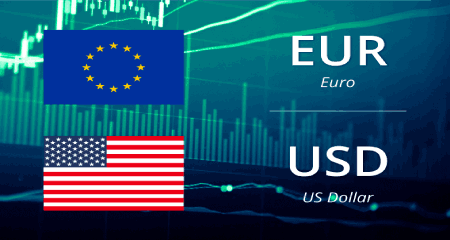
EUR/USD witnessed some short-covering move from a 16-month low touched earlier this Thursday
The EUR/USD pair held on to its intraday gains near the 1.1265-75 region post-Eurozone PMI prints, albeit lacked any follow-through buying. The pair staged a modest recovery from the 1.1225 area, or the lowest level since July 2020 touched earlier this Tuesday and was supported by a combination of factors. The US dollar consolidated the previous day's strong gains to a 16-month peak, which, in turn, prompted some short-covering around the EUR/USD pair. The shared currency was further underpinned by the release of better-than-expected German/Eurozone PMIs for November. In fact, the flash German Manufacturing PMI came in at 57.6 for the current month and indicated that the manufacturing sector activity in Eurozone’s economic powerhouse continued with its solid pace of expansion.
Adding to this, the gauge for the German services sector reached a two-month high level of 53.4 in November as against expectations for a fall to 51.5 from 52.4 in the previous month. Separately, the flash Eurozone Manufacturing PMI also surpassed market expectations and arrived at 58.6 in November, a two-month high. Despite the upbeat data, concerns over the rising COVID-19 cases in Europe and the reintroduction of lockdown measures held traders from placing aggressive bullish bets around the shared currency. Apart from this, hawkish Fed expectations continued acting as a tailwind for the USD and further collaborated to cap the EUR/USD pair. The fundamental backdrop still seems tilted firmly in favour of bearish traders and supports prospects for an extension of the recent bearish trend. Hence, it will be prudent to wait for a strong follow-through buying before confirming that the EUR/USD pair has formed a near-term bottom and positioning for any meaningful recovery move.
